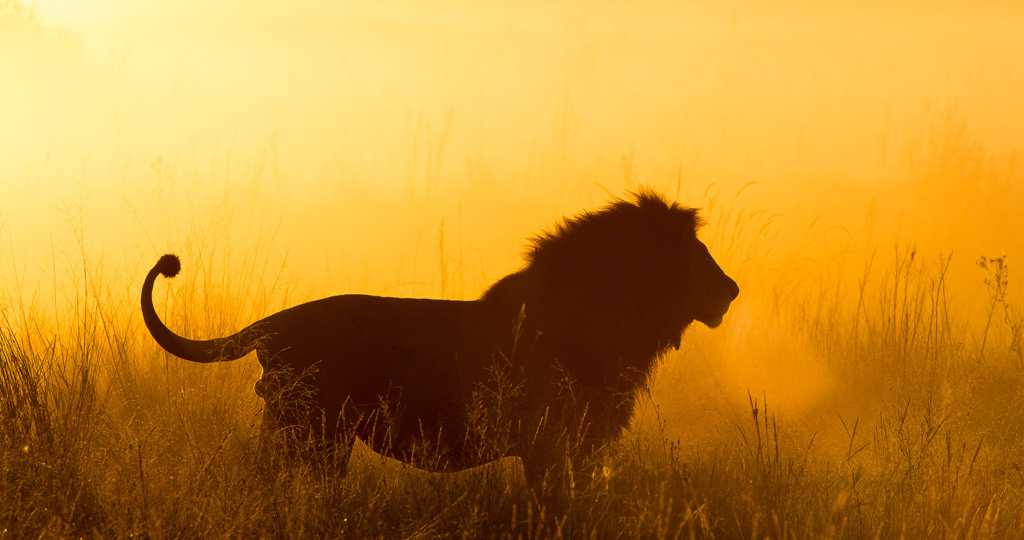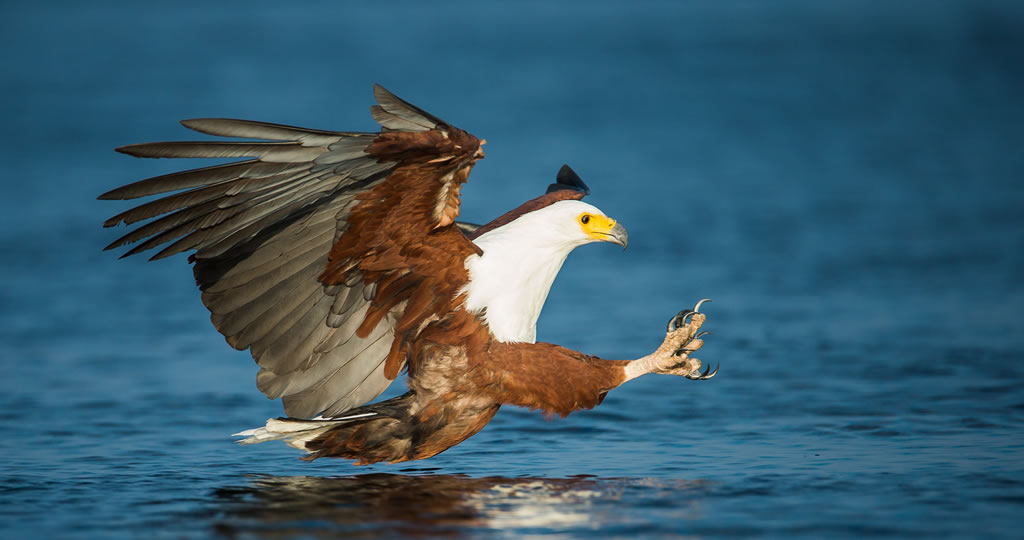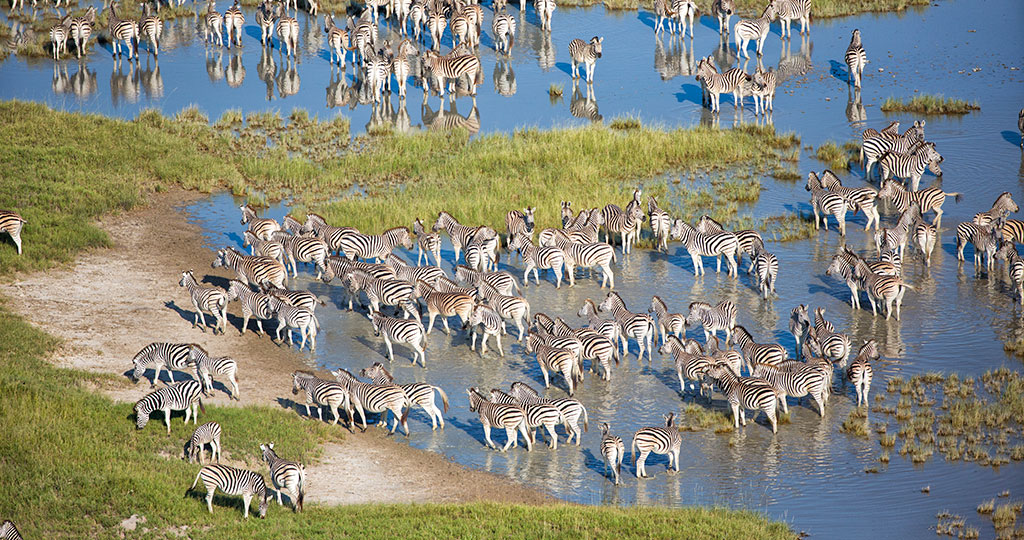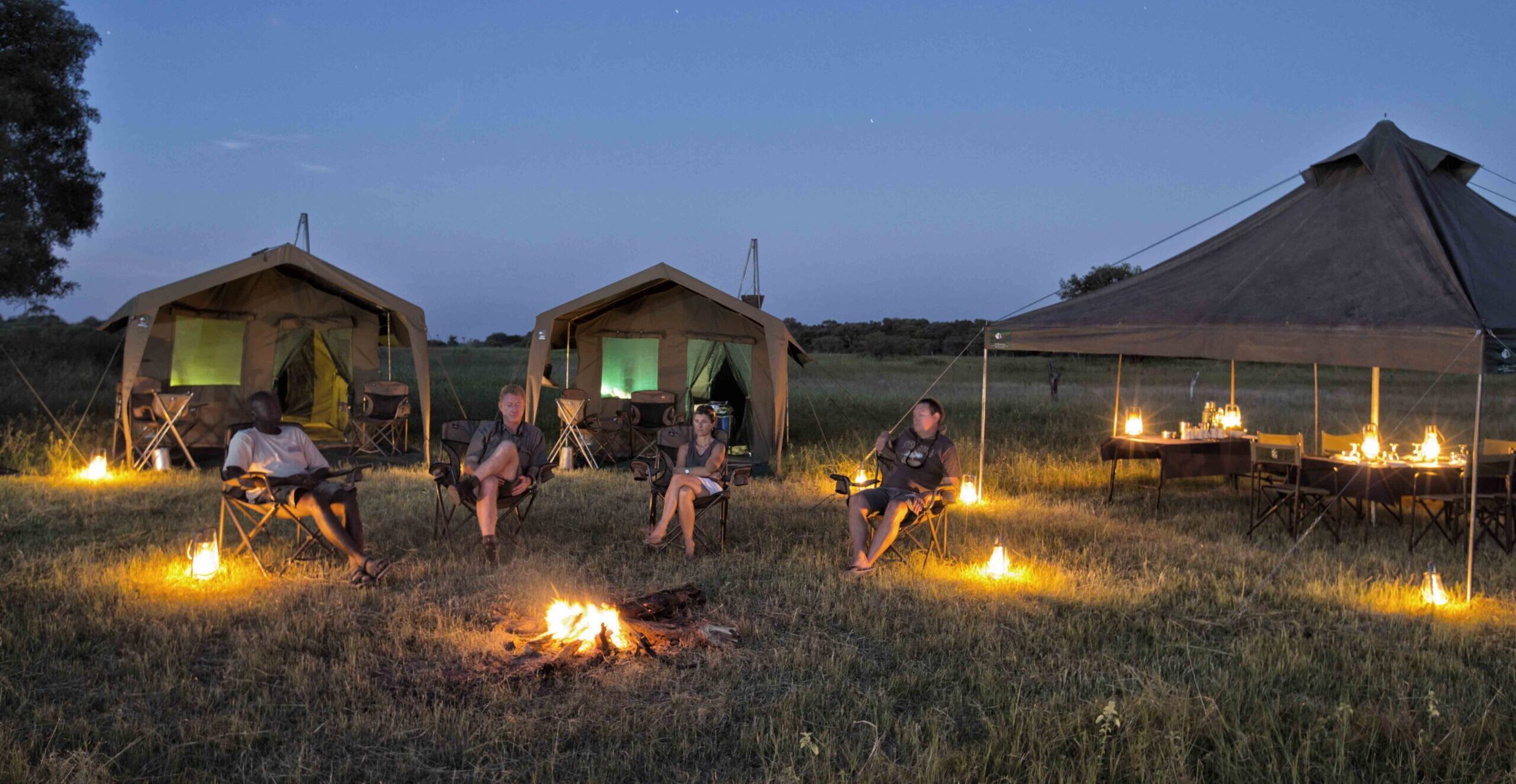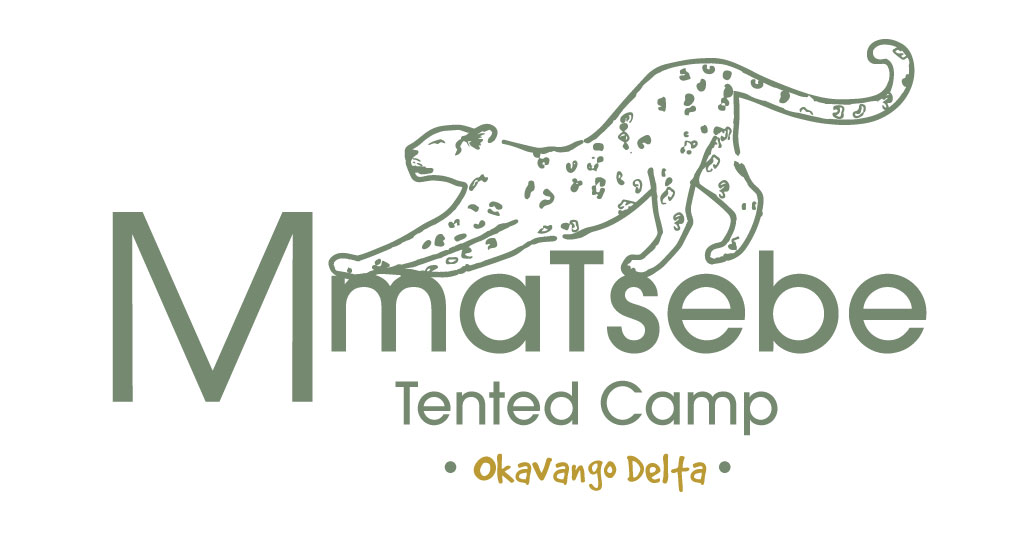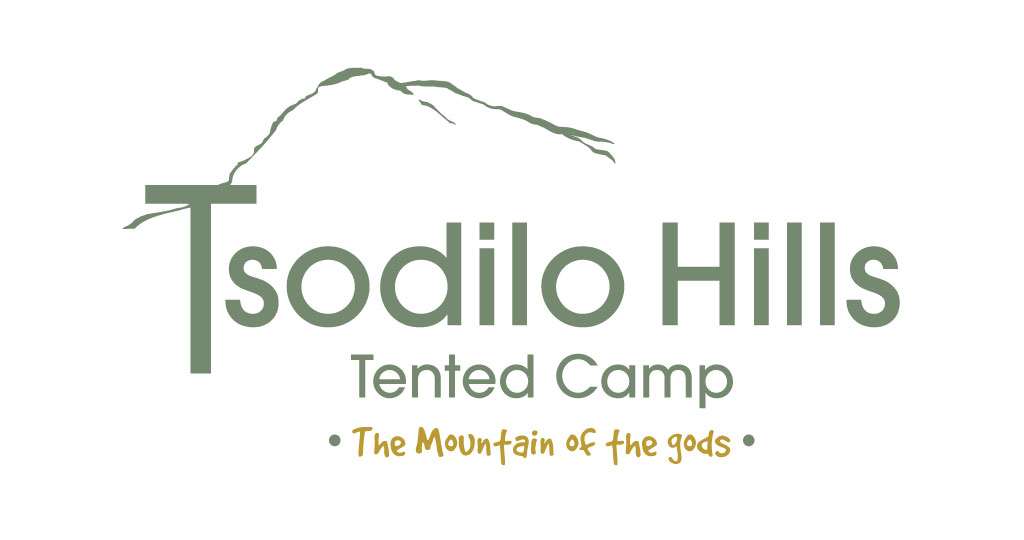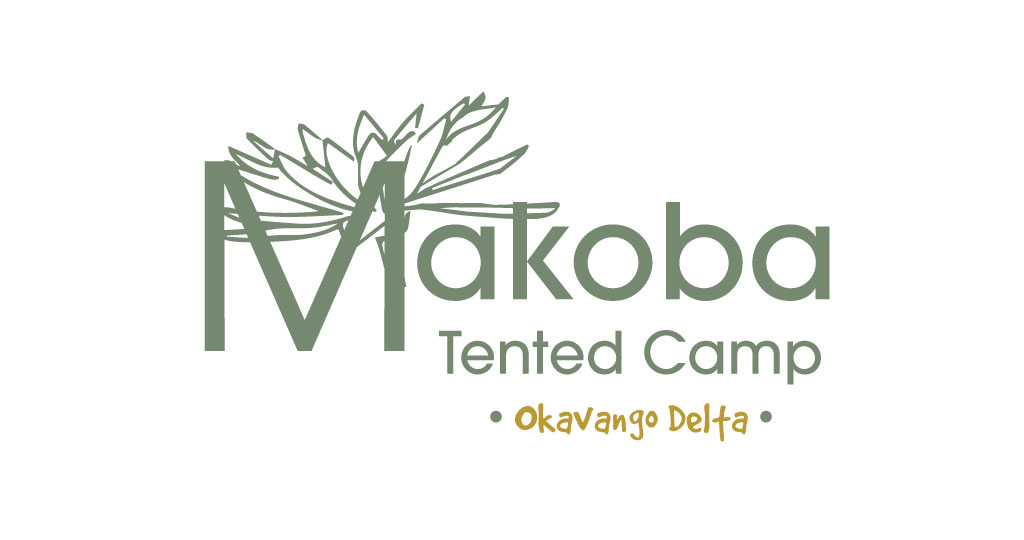Chobe National Park
Botswana’s Chobe National Park links the Okavango Delta to other protected areas in north-eastern Botswana and helps to safeguard vital wildlife corridors. It’s perhaps best known for its large herds of elephants, but these are just one aspect of the incredible diversity of animals and landscapes on display in this remarkable region.
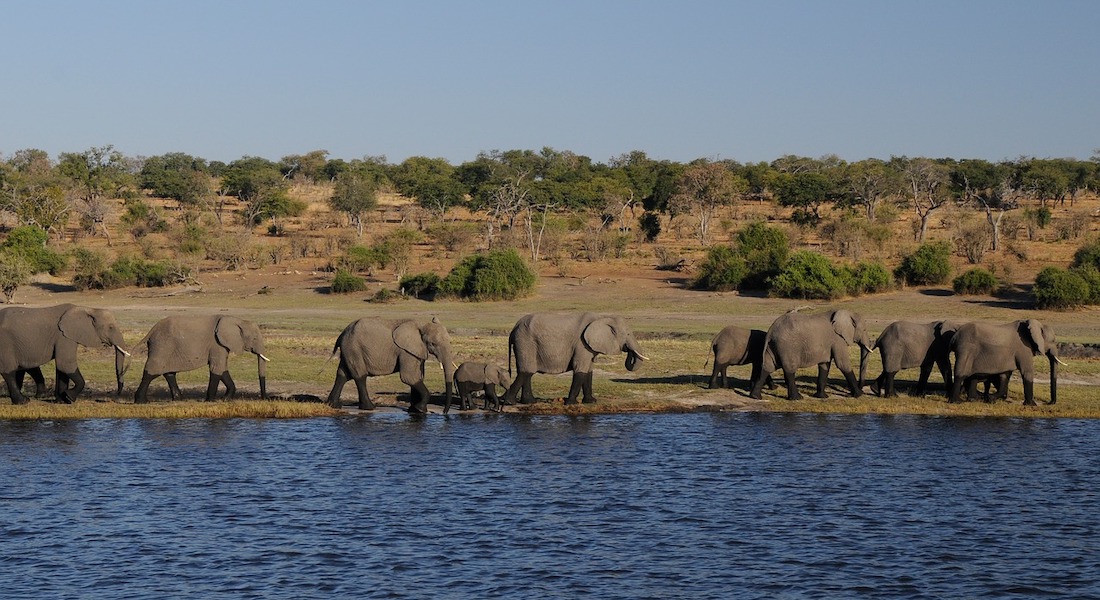
Getting to Chobe National Park
Chobe’s strategic location, close to several borders, means that it can be accessed from Zambia and Zimbabwe, as well as from within Botswana.
From Zambia
The M10 road links Livingstone to the ferry at the Kazungula border. Allow around 1h45 for the 80km drive.
From Zimbabwe
The A33 road passes through the Zambezi National Park on its way to Kasane in Botswana.
From South Africa
The journey from Johannesburg to Kasane (the gateway to Chobe, at the park’s north-eastern corner) – via the Martin’s Drift border post and the Botswana towns of Francistown and Nata – is around 1 300km.
By air
Kasane has a small but active international airport with links to Gaborone and Johannesburg. It also sees a lot of small aircraft flights come and go to destinations in northern Botswana.
From Kasane
Chobe can be entered through a number of gates, including Sedudu Gate near Kasane, the Ngoma Gate near Namibia (ideal for visitors coming from Namibia and the Chobe Enclave. The Mababe Gate to the south ultimately connects Chobe with the Moremi Game Reserve.
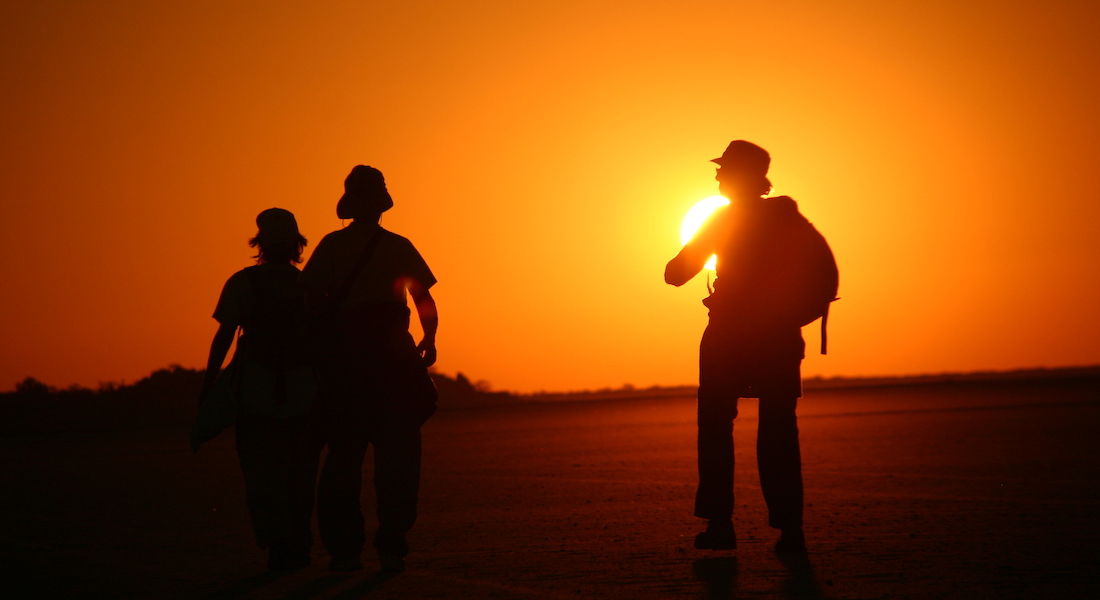
When to visit the park
In common with the rest of northern Botswana, Chobe experiences two distinct seasons. The hotter, wetter summer season runs from November until the end of March and is marked by regular afternoon showers. The winter season (April to October) is generally cooler and dryer, although temperatures rise steadily towards the onset of the rains at the start of summer.
Choosing between these two seasons is almost impossible; Chobe deserves to be visited during both. The summer “green season” offers the best birding, and the area is at its most lush and beautiful. This is also the time of the Savute zebra migration. In contrast, the dry season is noted for the numbers of elephant and buffalo that are drawn to the Chobe River as water elsewhere dries up.
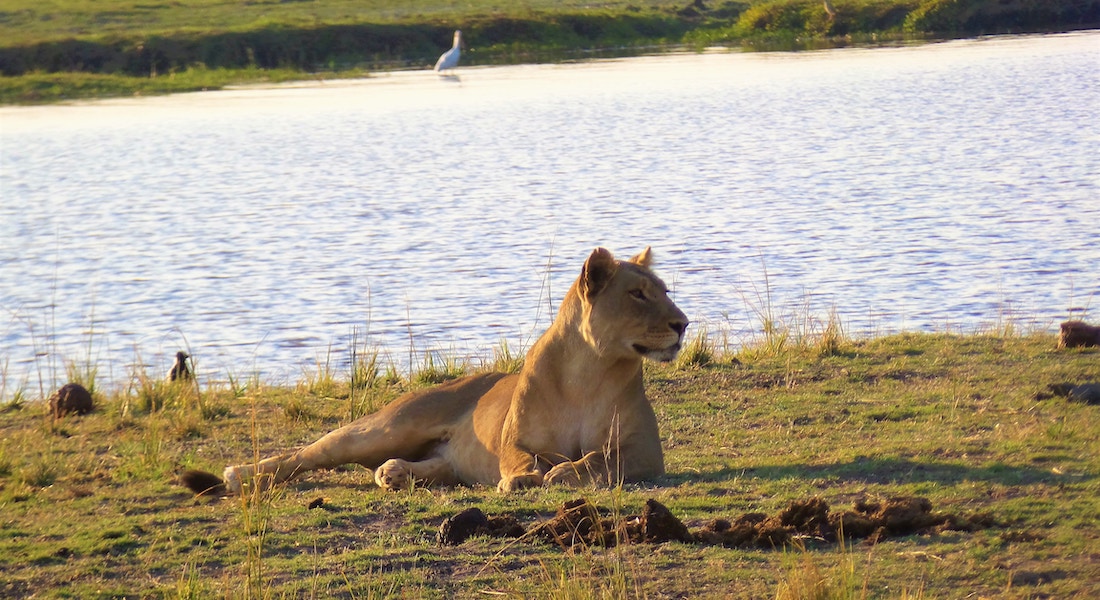
Chobe’s wildlife
Chobe is an immense wildlife sanctuary and is large enough to contain four distinct areas: the Chobe Riverfront, Savute, Linyanti, and Nogatsaa.
The Chobe Riverfront
In terms of sheer numbers of animals, the Chobe River during the dry season is unbeatable. Whether you follow its course by boat or vehicle, you’ll soon lose count of the animals you see. While elephant and buffalo steal much of the limelight, specialist antelope like the puku and red lechwe are also present in numbers. In recent years, the one missing piece of the Chobe jigsaw – rhino – have started to make a comeback.
Savute
This is the land of the “stolen river” – a mysterious channel that periodically disappears and reappears due to tectonic movements. Its presence or absence transforms the area from a ribbon of savannah grassland into a seemingly permanent river – and then back again. Its terminus at the Savute Marsh is a place that’s as wonderful as it is wild.
Linyanti
Centred on the Linyanti River, this area to the north of Savuti is defined by Rift Valley fault lines and faces Namibia’s Caprivi Strip. It’s a remote, untouched region. As you travel westward, it eventually becomes the Selinda Reserve and the Mamili National Park on the Kwando River.
Nogatsaa
Even more secluded, this area comprises vast grasslands and deciduous woodlands. Natural clay-bottom pans fill during the rains and are supplemented by borehole water during the dry season.
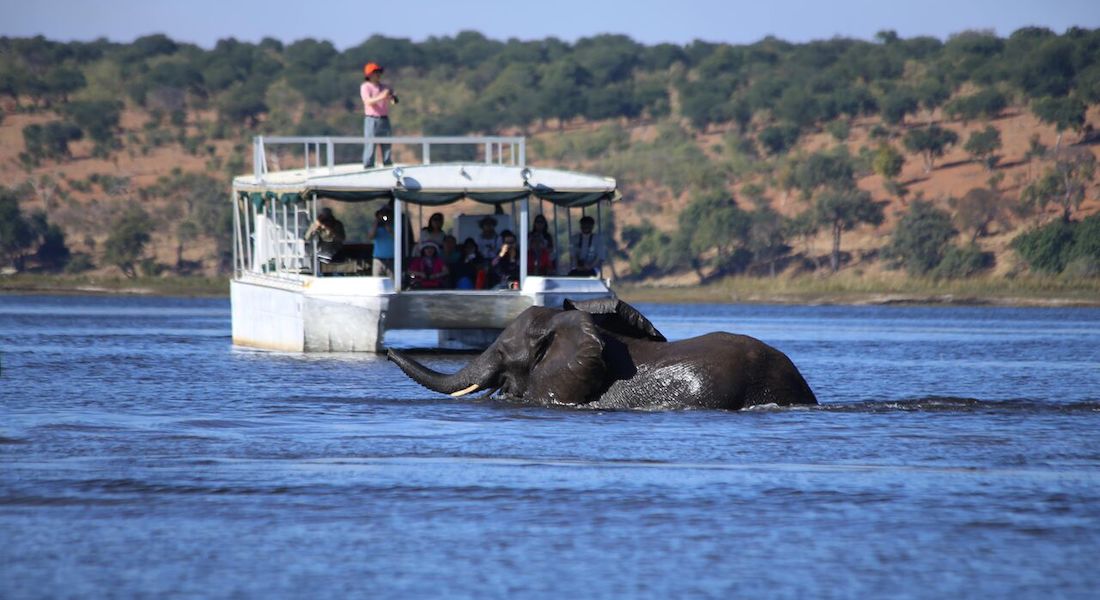
Experience Chobe National Park
The dramatic, diverse landscapes and prolific wildlife of Chobe can be explored and encountered on foot, by vehicle or by boat. Experienced local guides add rich layers of detail and interpretation, or you can opt to self-drive in many parts of the National Park.
Game Drives
Perhaps the most popular way to experience Chobe, either in your own vehicle or on a guided safari.
Boat Cruises
Sunset boat cruises offer superb opportunities to view the wildlife on the banks of the river, with herds of elephant splashing their way across providing an unforgettable spectacle. The calls of African fish eagles provide a unique soundtrack.
Photographic Safaris
Capture every moment of your Chobe experience, with professional wildlife photographers available to teach you the tricks of the trade.
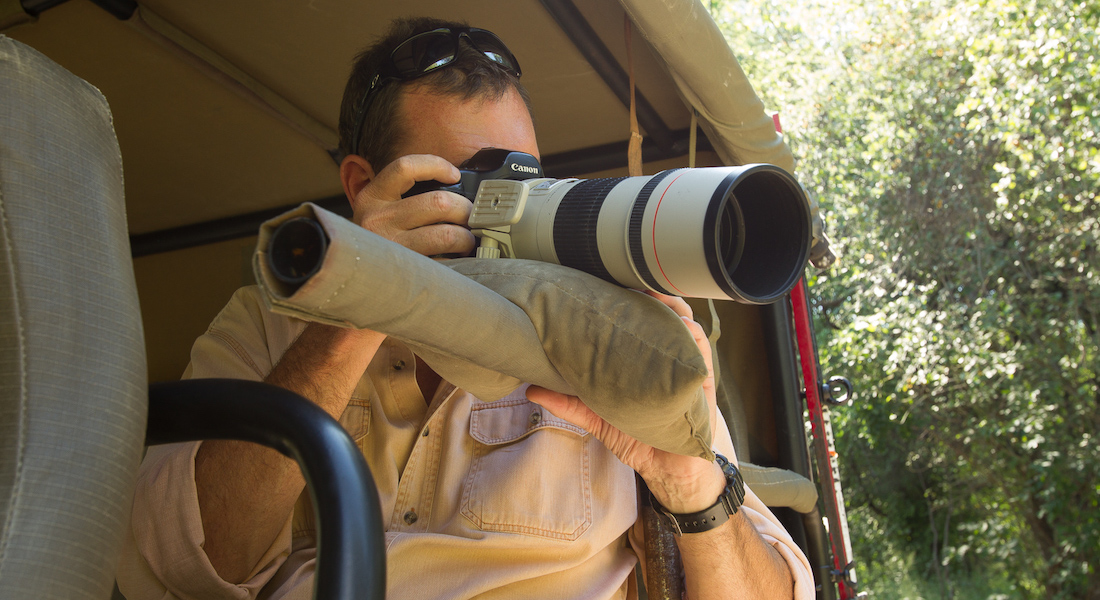
Mobile Safaris
For the ultimate adventure holiday, a mobile safari ticks all the boxes. Small, intimate camps in remote areas ensure the very best African wilderness experiences. On a mobile safari, your camp and staff travel with you to pristine locations. The approach can vary from participation-style camping (where you lend a hand) to full-on luxury tents with staff and en suite facilities (and you don’t have to lift a finger).
There are many ways to experience the wonders of Chobe – which one will you choose?
